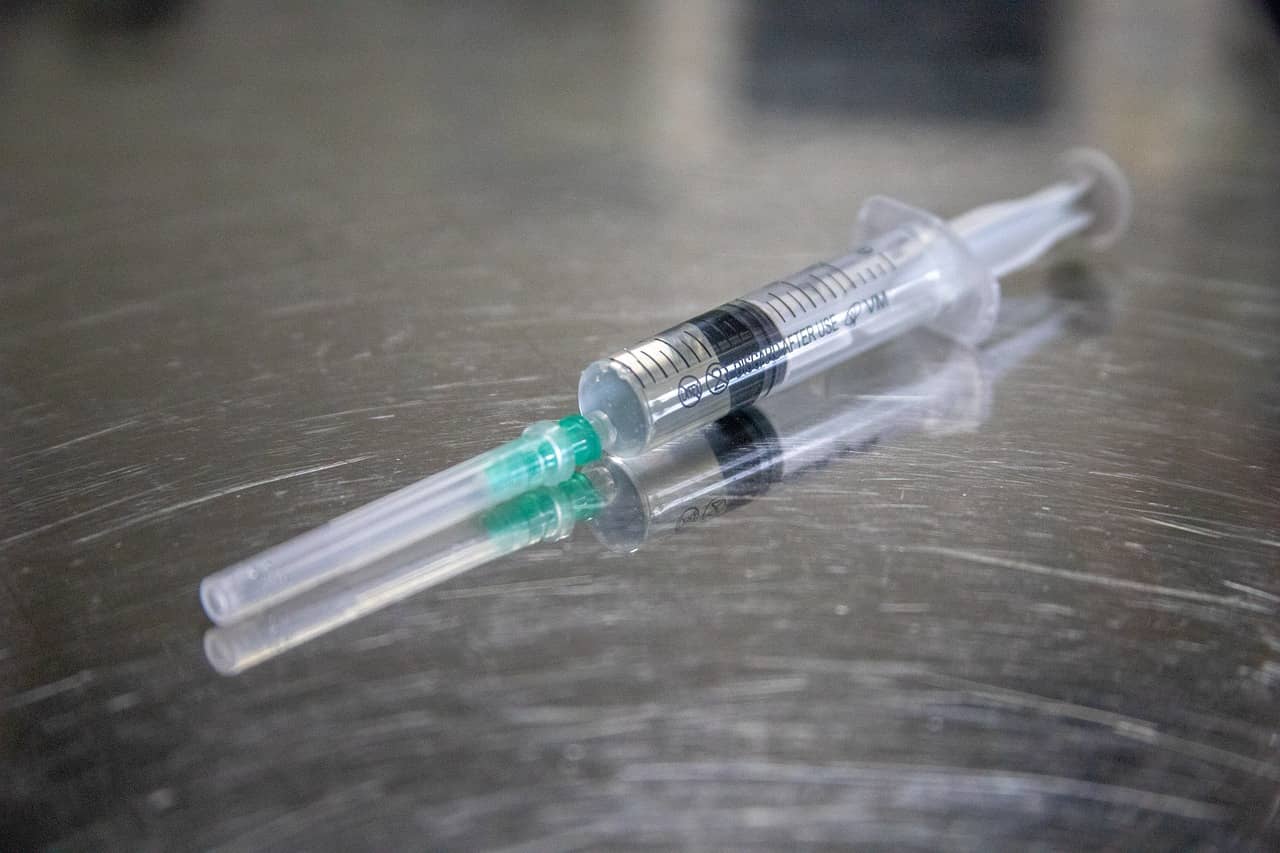
(NewsDakota.com/NorthDakotaAgConnection.com) – Several antibiotics used in cattle and other livestock will require a veterinary prescription in the coming months. This change represents the final phase of the Food and Drug Administration’s efforts to bring all medically important antibiotics approved for use in animals under veterinary oversight by June 11.
“This will end over-the-counter (OTC) sales of antibiotics and livestock owners will need a prescription from a veterinarian if they want to continue to have access,” said University of Missouri Extension veterinarian Craig Payne. He said antibiotics won’t necessarily need to be purchased from a veterinarian, but a prescription will be required regardless of where they are purchased.
Many antibiotics went through a similar transition in 2017. Feed antibiotics that had once been available OTC began to require a veterinary feed directive (VFD), and OTC antibiotics delivered in the water required a prescription.
“However, some antibiotics remained available OTC in the form of injectables, intramammary tubes, boluses, etc.,” said Payne.
FDA’s Guidance for Industry #263 (GFI 263) specifically addressed these antibiotics with the expectation that by June 11 these remaining OTC antibiotics must display the following language on the label: “Caution: Federal law restricts this drug to use by or on the order of a licensed veterinarian.”
Once antibiotics with the revised labeling reach retail locations in the coming months, they will require a prescription, Payne said.
Considering the impact of these changes, producers may have questions. These are the questions Payne encounters most often:
Which antibiotics will be affected? See the table below for examples of antibiotics affected.
After June 11, will I need a prescription to use antibiotics purchased before the label change?
FDA intends to allow existing stocks of OTC antibiotics to be depleted and a prescription will not be required for use. However, if the antibiotic is being used extra-label (in a manner that is not in accordance with the approved label directions), a veterinary prescription is required.
I don’t own cattle but I do use some of the antibiotics affected by GFI 263 in other species. Will I still need a prescription?
Yes. A prescription will be required regardless of the species you intend to use it in.
I don’t use a veterinarian. How do I ensure I have access to antibiotics once the changes occur?
You will need to work with a veterinarian to ensure continued access. For a veterinarian to issue a prescription, a veterinarian-client-patient relationship (VCPR) must be established. In Missouri, this means a veterinarian is acquainted with the keeping and care of your animals either by examination or timely visits to the operation where the animals are kept. You will need to contact a local veterinarian for further details about the requirements for establishing and maintaining a VCPR.
Will these changes lead to additional expenses?
It is not known if the changes will affect antibiotic prices. However, there are expenses associated with establishing and maintaining a VCPR. Someone who already has a VCPR established should expect little to no additional expenses associated with these changes.
My local farm store currently sells some of the antibiotics affected by GFI 263. Will they be able to sell these antibiotics once they require a prescription?
In Missouri, any business that sells, dispenses or fills orders for animal prescription drugs is required to have a state pharmacy permit and must comply with the rules and statutes associated with holding that permit. Because of this, farm stores in Missouri may choose not to sell antibiotics once they require a prescription. Please contact your local store for more information.
It is important to note that veterinarians dispensing drugs to their own clients are exempt from these regulations and that pharmacy regulations vary from state to state.
Will I be able purchase these antibiotics from online vendors that are not located in Missouri, provided I have a prescription?
Online pharmacies that conduct interstate business must follow federal and state requirements when distributing, dispensing or delivering prescription drugs. Many of the popular online vendors currently sell prescription drugs and are already in compliance with these requirements. Contact the vendor with any additional questions you may have.
ANTIBIOTICS AFFECTED
Antibiotic — Product examples
Cephapirin, cephapirin benzathine — Intramammary tubes: ToDAY and ToMORROW
Lincomycin — Injectables: Lincomix 100, Lincomix 300, LincoMed 100, LincoMed 300
Oxytetracycline — Injectables: Liquamycin LA-200, Noromycin 300 LA, Bio-Mycin 200, Agrimycin 200, etc. — Boluses: Terramycin Scours Tablets, OXY 500 Calf Boluses
Penicillin G procaine, penicillin G benzathine — Injectables: Penicillin Injectable, Dura-Pen, Pro-Pen-G, Combi-Pen 48, etc. — Intramammary tubes: Masti-Clear, Go-dry, Albadry Plus
Sulfadimethoxine, sulfamethazine — Injectables: Di-Methox 40%, SulfMed 40% — Boluses: Albon, Sustain III Cattle & Calf Boluses, Supra Sulfa III Cattle & Calf Boluses
Tylosin — Injectables: Tylan 50, Tylan 200
